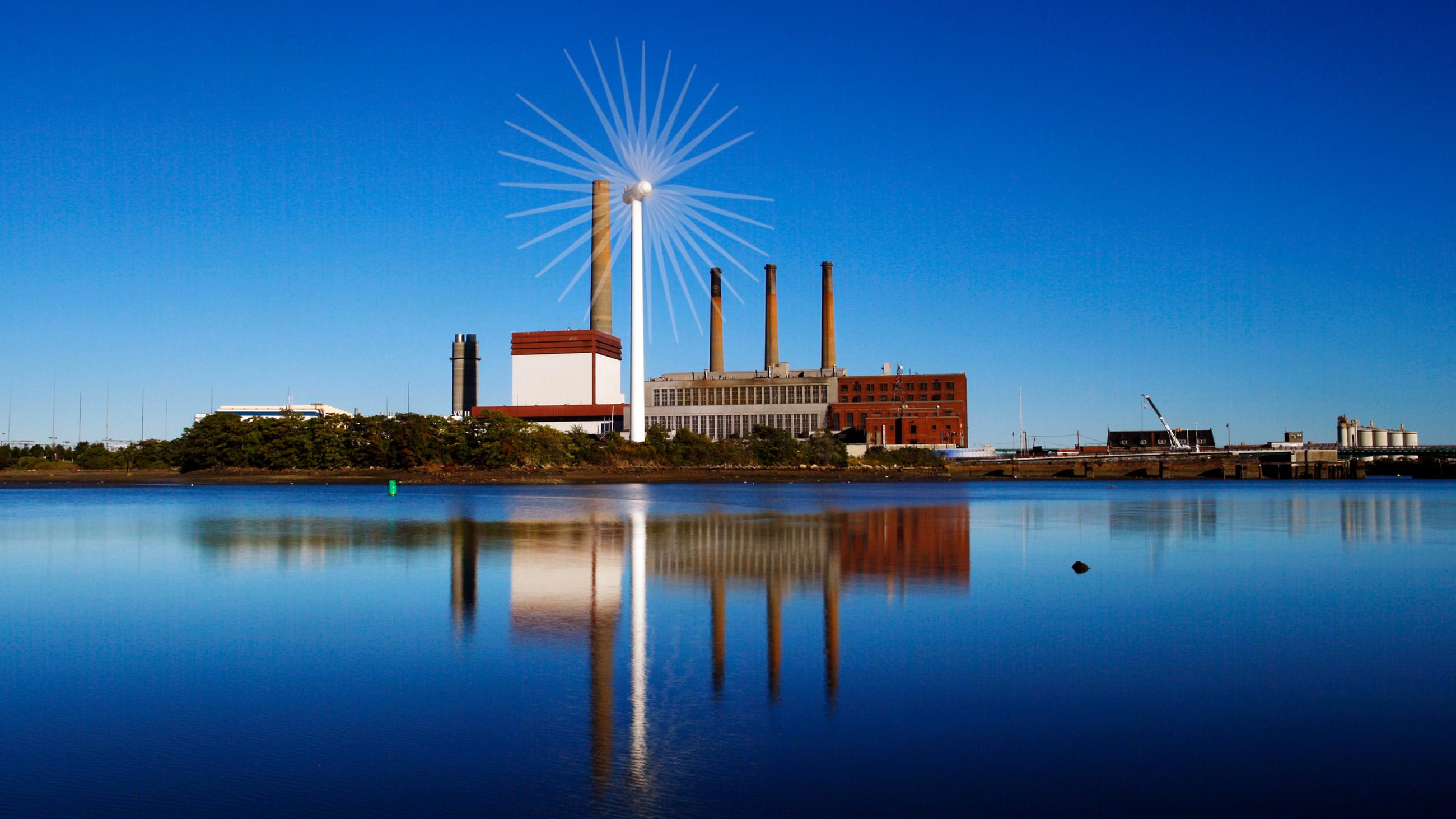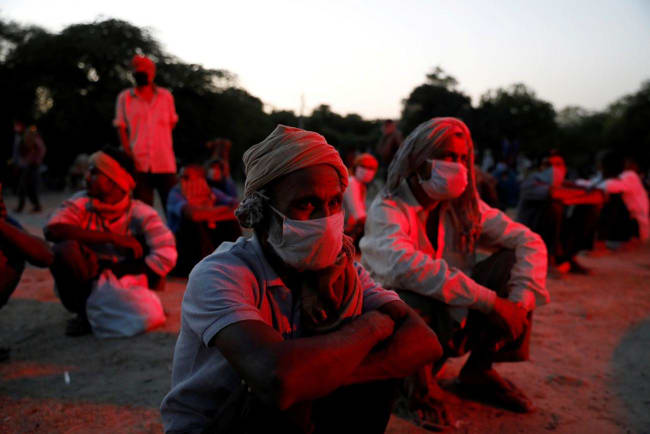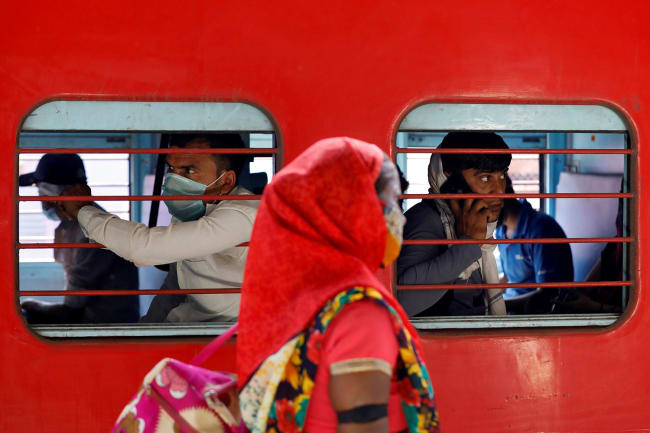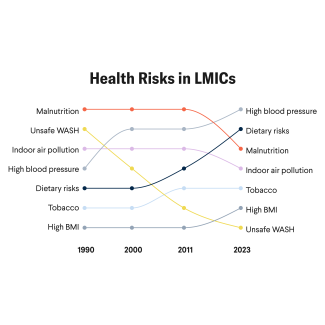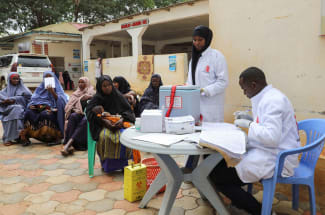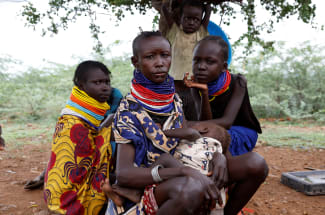On May 20 this year, the staff of the humanitarian aid nonprofit organization, The Child in Need Institute (CINI), which one of us founded, awoke to darkness. With the electricity out, the staffers left their accommodations anxious to survey the damage of Cyclone Amphan on the rest of the health center campus, located on the southern fringes of Kolkata, West Bengal, India.
The scenes of devastation quickly became apparent.
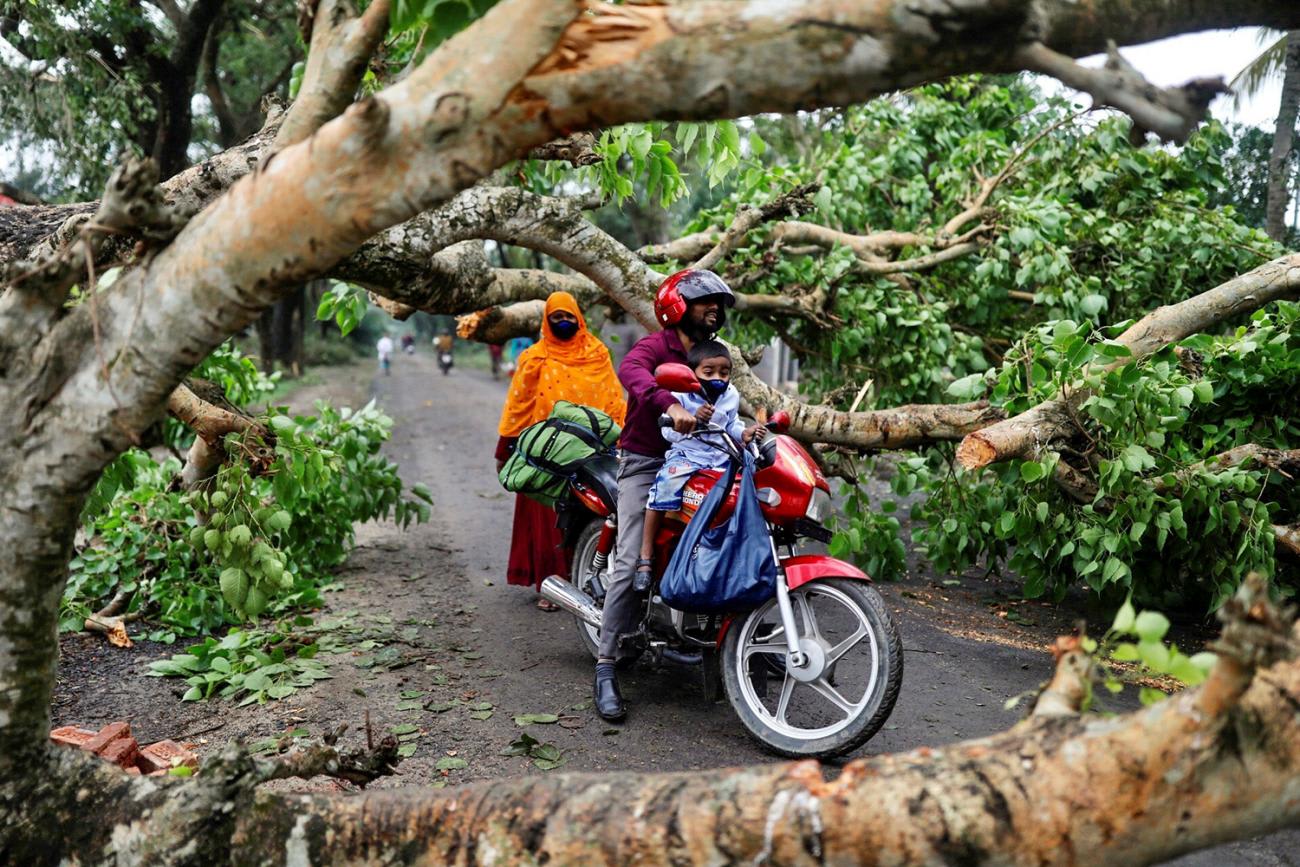
Two forty-five-year-old mango trees were uprooted, six betel nut trees were snapped mid-trunk, countless window panes were shattered, and several signs fell tattered and twisted in the wind. The internet and phone lines were down but when they came back on, reports started coming in from Falta, a rural village that CINI serves.
Drowned in dirty flood waters
Roofs were blown off some homes while trees had collapsed into others. Critical roads had become expansive mud puddles. The reports from Kolkata city were equally distressing. Over five thousand trees down. Winds had toppled power lines exposing dangerous electrical cables. Overcrowded slums were drowned in dirty flood waters. People packed into emergency shelters, praying not only to survive the apocalyptic scenes outside but to avoid contracting the deadly coronavirus within.
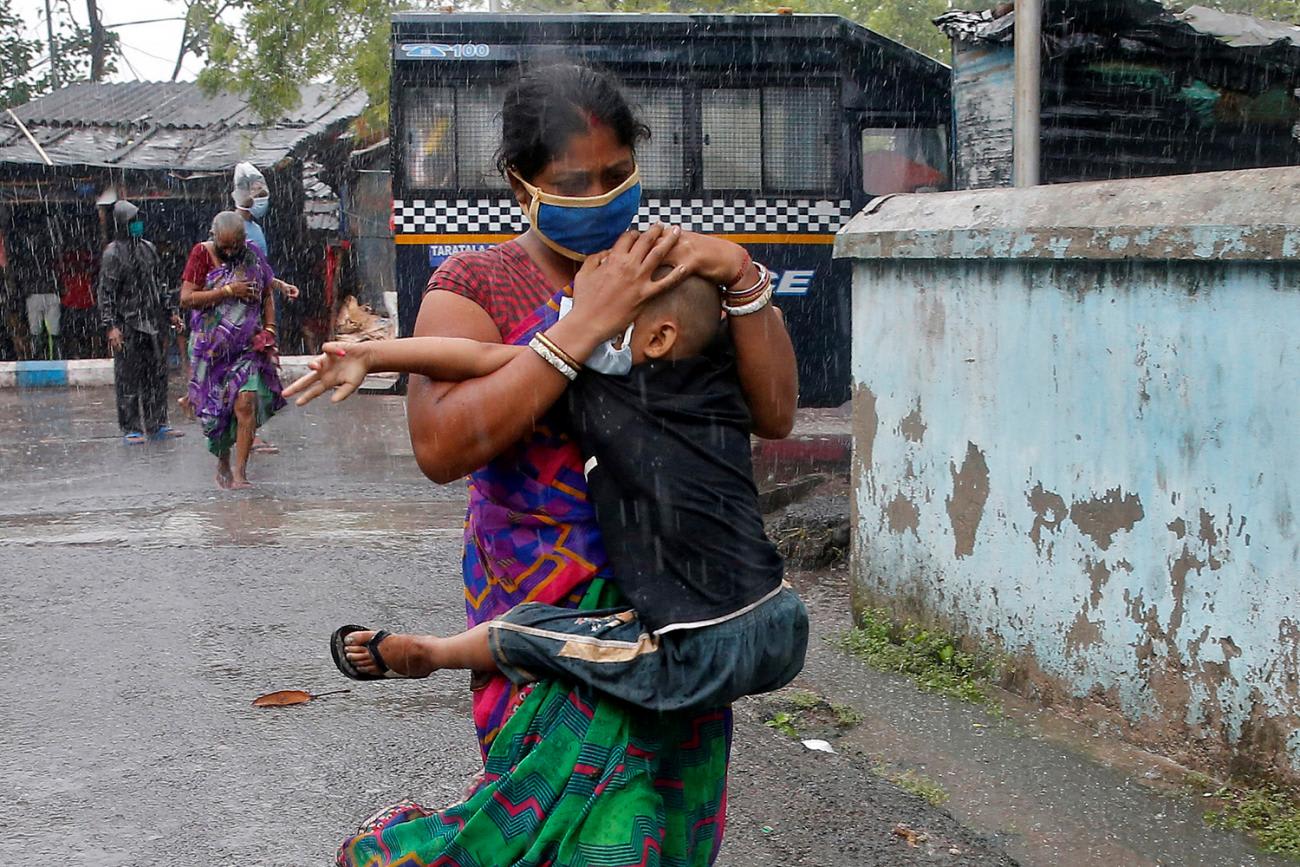
This was the scene in West Bengal in the aftermath of Cyclone Amphan, one of the most intense cyclones ever measured in the Bay of Bengal. In total, the cyclone forced some three million people to evacuate their homes to seek safety in the midst of a global pandemic.
Global warming has contributed to more intense and destructive hurricanes
One might lament an unfortunate unpredictable weather event in an impoverished area of the world. But earlier that week, a study published in the journal Proceedings of the National Academy of Sciences (PNAS) revealed evidence that global warming has contributed to more intense and destructive hurricanes. A year earlier, Cyclone Fani had ravaged the neighboring coastal state Odisha, India, requiring the evacuation of one million people.

One crisis does not end because of another. Last month in West Bengal and Bangladesh, the threats of COVID-19 and climate change collided. The developing world has long grappled with the vicious cycles of poverty, malnutrition, water scarcity, and infectious diseases. But the cycle has been hastened by a surge of local coronavirus infections. And as the PNAS study affirms, climate change will increase the number of devastating cyclones that will rip through poor coastal communities.
There are many ways in which the impacts of COVID-19 will make previously existing climate-related health threats in India worse.
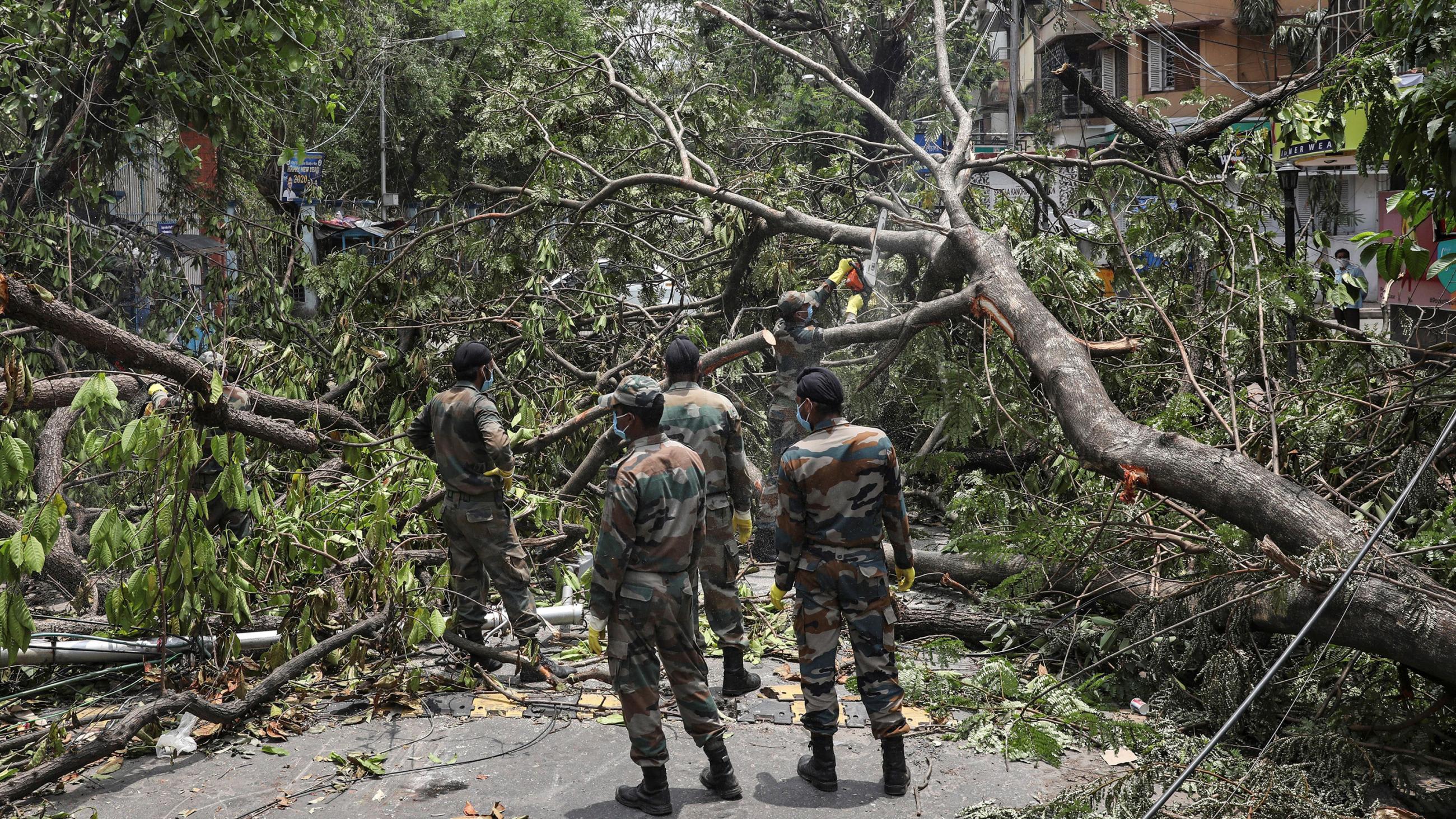
For instance, COVID-19 compounds the grave threat climate change poses to global food security. In India, 38 percent of children already show signs of chronic malnutrition. The World Food Programme has just reported that the pandemic will nearly double the number of people facing food insecurity worldwide, from 135 million to 265 million.
The pandemic will nearly double the number of people facing food insecurity worldwide, from 135 million to 265 million
Likewise, initial findings from a recent study in the United States suggest that exposure to air pollution can increase mortality rates among those infected with coronavirus. And India is home to twenty-one of the thirty most polluted cities in the world. It appears that the polluting effects of burning fossil fuels could increase the number of people who die from COVID-19. As physicians with backgrounds in human rights, we have dedicated our work to fighting the structures that perpetuate injustice. Along the way, we've experienced a profound awakening: we cannot heal people without healing our planet.
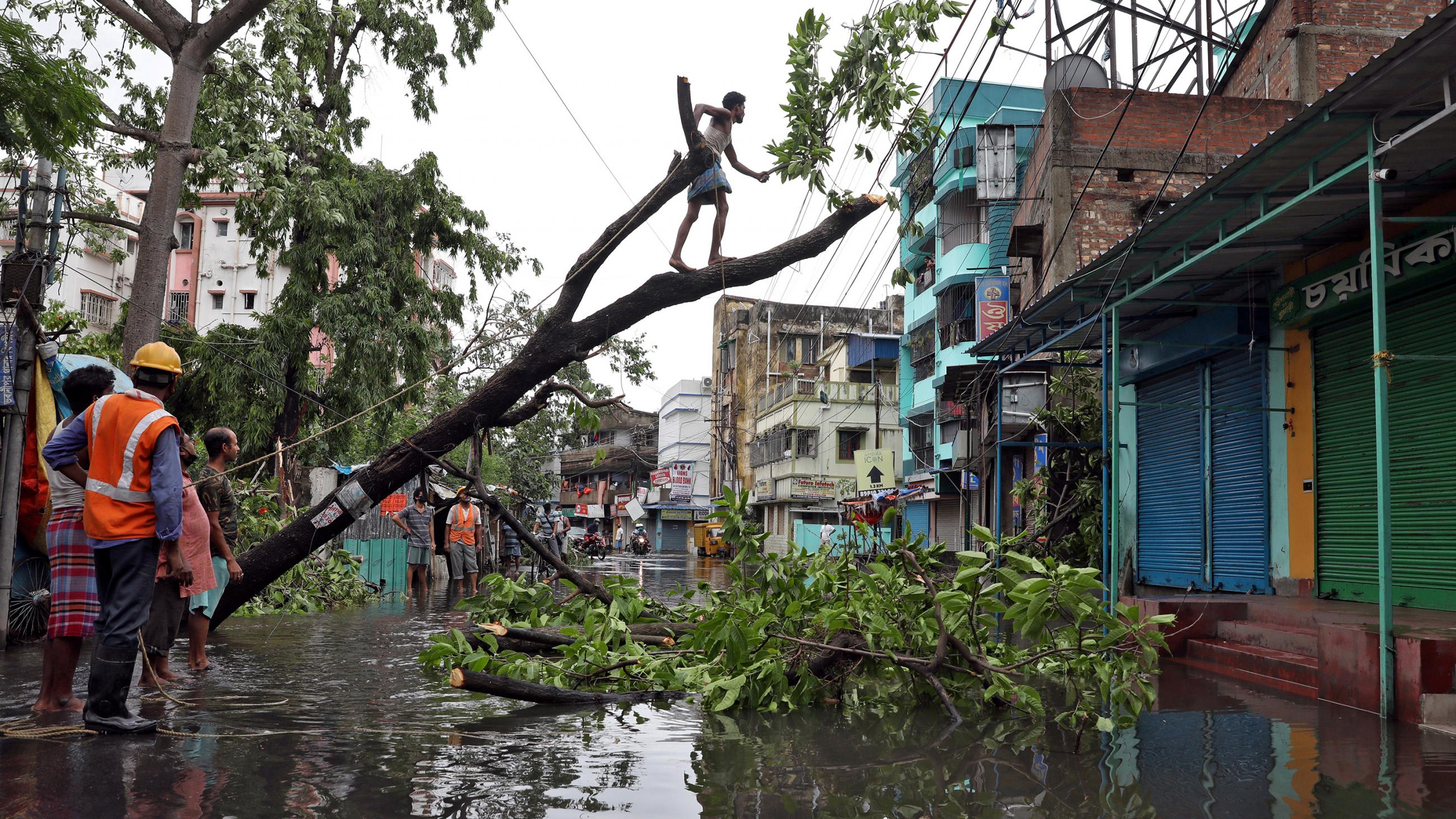
The intersections of ecological health, pandemics, climate change, and human health force us to think big—on a planetary scale. Our unprecedented threats to health are interconnected, but so are the solutions. COVID-19 is a zoonotic disease, believed to have originated in bats before spilling over into the human population. To lessen the risk of the next pandemic we must end wildlife trade, deforestation, rampant agricultural growth and encroachment into natural habitats.
The coronavirus shutdowns in India have decreased carbon emissions by an estimated 30 percent in the month of April
Many of these interventions will also slow global warming. The United Nations' Intergovernmental Panel on Climate Change (IPCC) has warned that we must zero out greenhouse gas emissions by 2050 to avoid the worst impacts of climate change. Doing so will mitigate the risk of severe natural disasters like cyclones, wildfires, flood, and drought.

The shutdowns caused by the pandemic have decreased carbon emissions by an estimated 30 percent in the month of April in India. One study showed that a dangerous form of air pollution, called PM2.5, decreased 60 percent in New Delhi during the lockdown, compared to a year prior.. These are very small particles in the air—only 2.5 micrometers in diameter, about thirty times smaller than the width of an average human hair—and they are especially dangerous to human health because they are able to reach tiny air sacs in the lungs, called alveoli, causing damage to the epithelial tissue.
A dangerous form of air pollution called PM2.5 decreased 60 percent in New Delhi, India, during the coronavirus lockdown
Some Indians have seen clear skies for the first time in their lifetime, a glimpse of what could be. But to change the long term trajectory of carbon emissions and air pollution, sweeping climate policy must be enacted. The global community must respond to the worldwide economic contraction by stimulating a green recovery that builds a new clean economy and ends the use of fossil fuels. Getting out of these dark times will take courage and imagination. But together we can build a world in which we sustain the richness of the earth's ecology for generations to come. In this moment of profound disruption, we must fulfill our moral responsibility to protect the health and well being of our children by investing in the health of our planet.
